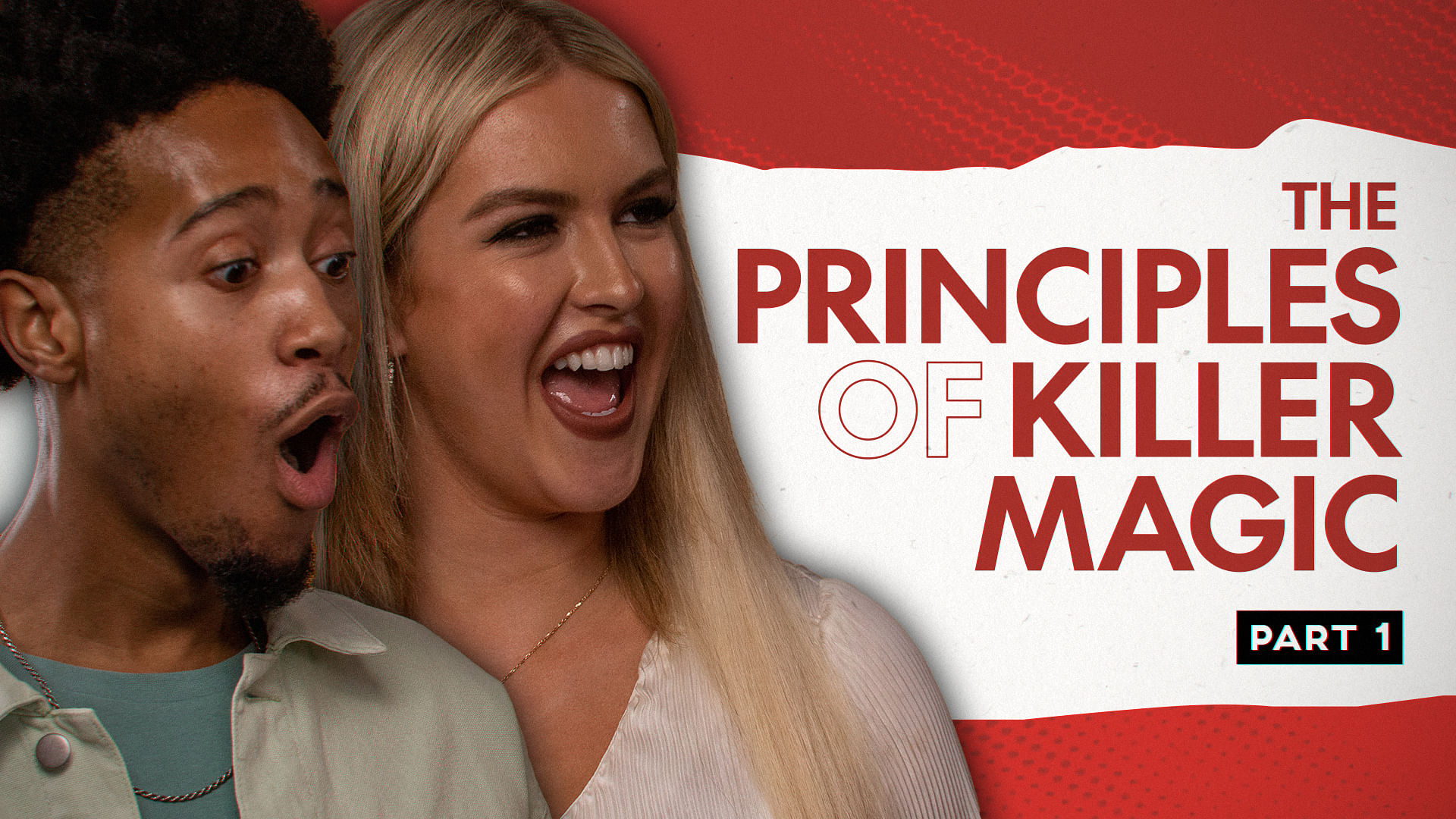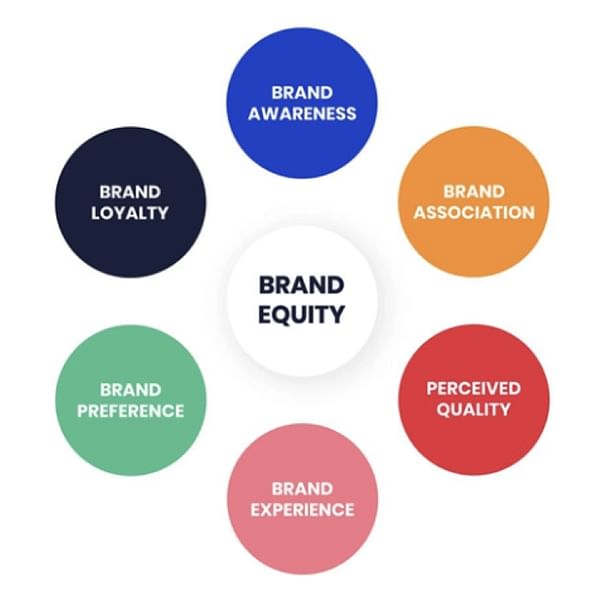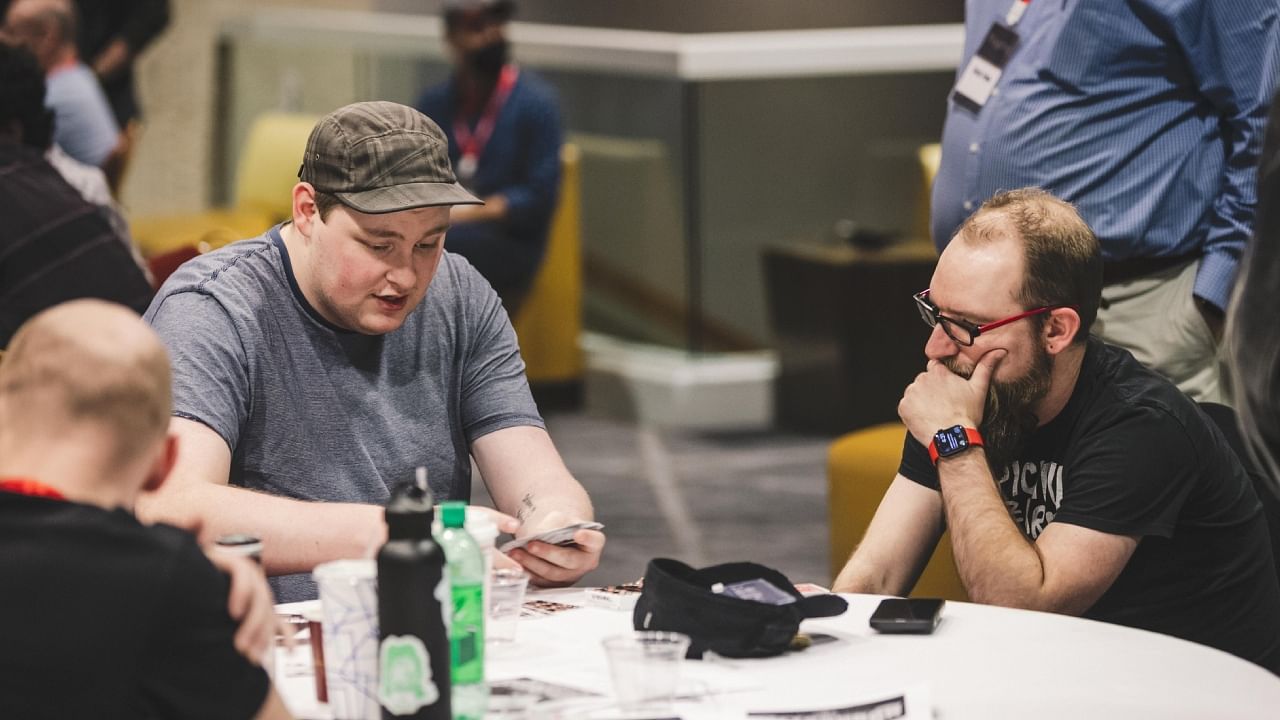Principles of Killer Magic - Part 1
By Mitch Praver - Tuesday, July 2, 2024

Eugene Burger once said that “The House of Magic has many rooms
(genres)”. So, I recently decided to do a deep dive into each of these rooms and uncover what makes magic impactful in those environments. I’m so excited to show you what I learned in this new multi-part blog series produced in partnership with Vanishing Inc.
My name is Mitch Praver and, beyond being a magician, I’m also a successful C-level executive that has held leadership positions at NPR, National Geographic, Discovery Channel and other globally-recognized companies. During my exploration of what makes magic great, I was surprised to see how many similarities there were between the principles of killer magic and those of a successful business. As the The CEO Magician, I combine this knowledge with my passion for magic to help companies trigger innovation, think differently, challenge what’s possible, and inspire the impossible.
So, how much overlap is there between a successful business and great magic? Let’s find out!
Brand Clarity, Differentiation, and Perceived Value
In both magic and business, brand definition and differentiation are key ways for
customers to understand the product-market fit. For magicians, creating a unique persona and style sets them apart, and will likely lead to more engaging and memorable performances, more loyal fans, word-of-mouth referrals, repeat bookings, and the ability to command premium prices.

In business, brand definition and differentiation also have a direct impact on product and service selection and development, marketing strategies, customer engagement, and overall decision-making. In magic, this also holds true: definition and differentiation of brand and performing persona helps to focus effect selection, scripting, routining, and performance style.
I recall a memorable moment when I was head of programming acquisition and scheduling at Lifetime Television. There were substantial fears across the organization that rebranding Lifetime from a general interest entertainment network to a narrower focus—”Television for Women”—would alienate men and the overall adult demographic. But, instead, the opposite occurred. This brand refinement and differentiation boosted viewership dramatically, attracted top talent, drew advertisers, and increased distribution. This clear brand identity transformed Lifetime into a must-have network.
The Value of Collaboration and Teamwork
In business, a culture of effective collaboration and teamwork are vital to break down
silos and achieve greater success in less time. Some businesses are stronger
with external collaboration than with internal collaboration. I saw this firsthand as head of digital business at National Geographic. External collaboration with scientists, explorers, and photographers enhanced the brand’s global reach and commitment to exploration and conservation and, as a result, uniqueness in the world.
In magic, creating a successful one-person show often involves a lot more than one
person; it typically requires a team of 20-30+ individuals each with specialized talents from scriptwriting to choreography, directing, lighting, music, and everything in-between. Pick up a Playbill for one-man shows like Six Impossible Things, Inner Circle, or In & Of Itself and you’ll see exactly what I mean. Collaboration might be the most important decision you make today to
propel your magic to the next level.

Turning Challenges/Failures Into Opportunites & Knowing When to Pivot
Some of today’s most iconic products originated from overcoming market challenges to
meet new consumer needs. For example…
a) Corn Flakes Cereal: Was originally invented by by Will Kellogg in 1894 to aid digestion for patients at the Battle Creek Sanitarium, and only became a breakfast staple once patients starting requesting it for their morning meals.
b) Post-It Notes: In 1973, a 3M scientist developed a weak adhesive, initially deemed a failure. A junior developer found a use for it as removable bookmarks, leading to the birth of this successful product.
c) Play-Doh: Originally a failed wallpaper cleaner, it was reimagined in 1956 as a
modeling compound for children, and then eventually turned into a household name by Captain Kangaroo.
-638550315359100740.jpg)
In magic, several notable magicians had to face significant personal challenges. Yet, instead of giving up, they re-purposed their magic to turn a challenge into an opportunity. Some of the magicians in this regard that I admire most are:
a) Mahdi Gilbert: Despite being born without hands or feet, Gilbert has become a renowned card magician, showing that nothing is impossible
b) Wayne Dobson: Diagnosed with MS in 1988, Dobson reinvented his act to make magic happen in the minds of spectators, not just in his hands
c) Richard Turner: Lost his sight at age 8, but still managed to master card manipulation through sheer
perseverance—eventually becoming one of the greatest card mechanics in the world
d) Rene Lavand: The popular and talented card magician from Argentina only had one arm due to injury. But, that didn’t stop Lavand from creating amazing magic with just one hand.
I hope you’ve enjoyed this first post and it has inspired you to view your magic in a different way. Tune in next time when we discuss the value of continued improvement, finding ways to surprise and delight customers, and why you should act like a CEO.
Back to blog homepage
Similar posts on the blog:

